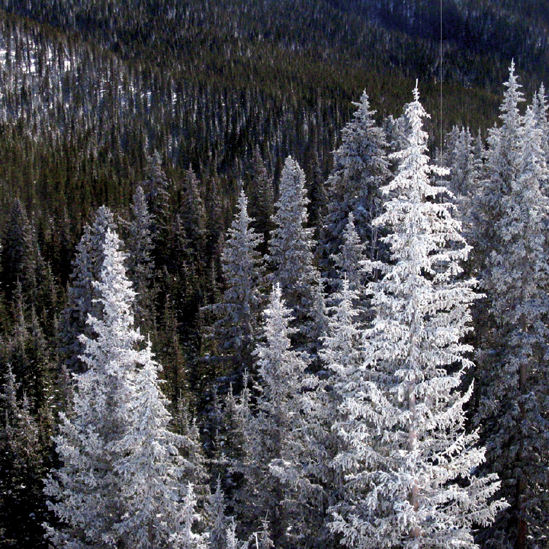GLOSSARY

- aperture
The lens aperture is a moving diaphragm within the barrel of the lens. It controls how much light passes through the lens and into the camera. See also f-stop.
- Aperture Priority
In Aperture Priority (A or Av), the photographer selects the aperture desired, and the camera sets the shutter speed as needed.
- backlight
A subject that is backlit is lit from behind.
- color temperature
See Kelvin.
- contrast range
The ratio between the darkness of shadows and the white of the highlights is known as the contrast range.
- crosslight
See sidelight.
- directional light
The direction the light comes from. See also backlight, sidelight, and top light.
- filters
Filters are pieces of glass or optical resin that you place in front of the lens to affect the image in the camera. Filters come in three basic types: gels, screw-in filters, and slide-on filters. See also gels, screw-in filter, and slide-on filter.
- flash sync speed
The flash sync speed is the fastest shutter speed at which the flash can fire and still capture a complete image. In most cases, the fastest shutter speed that can be used with a strobe is around 1/125 or1/250, but consult your owner's manual to make certain. Digital cameras with built-in flashes and dedicated accessory flash generally do not fire if the exposure is incorrect for their operation.
- f-stop
The designation for each step in the aperture is called the f-stop. The smaller the ...
Get Lighting Photo Workshop now with the O’Reilly learning platform.
O’Reilly members experience books, live events, courses curated by job role, and more from O’Reilly and nearly 200 top publishers.

